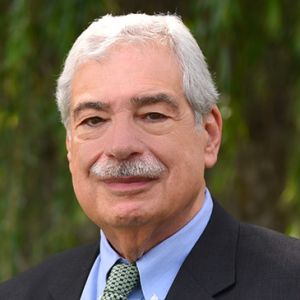SYRACUSE, N.Y. — The Syracuse Regional Airport Authority (SRAA) and Aéro Mag on Monday announced the beginning of construction on a new glycol recycling facility at Syracuse Hancock International Airport (SYR).
Glycol is the main component in aircraft deicing fluid and “critical to safe operations” at airports in colder climates, per SRAA’s Monday announcement.
Aéro Mag, based in Montreal, Quebec, specializes in aircraft de-icing, de-icing-centre management and recycling of used de-icing products. The company has over 1500 employees in 17 airports around the world.
(Sponsored)

Written Contracts for Freelance Workers Now Required
Originally planned for May, the requirements of New York State’s Freelance Isn’t Free Act (“FIFA”) became effective August 28, 2024. The law has flown under the radar for many employers. The

Maximizing Tax Benefits for Energy-Efficient Buildings
The Inflation Reduction Act (IRA) of 2022 significantly enhanced the Section 179D deduction, making it even more valuable for businesses investing in energy-efficient commercial building property (EECBP) and energy-efficient commercial
The Canadian firm bid $19 million to handle work on the project, Jason Terreri, executive director of the SRAA, said.
Construction crews broke ground last week on the facility, which is capable of producing an estimated 500,000 gallons of type I glycol annually.
Once fully operational in the fall, the facility — also referred to as an “RRR – Recover, Recycle, Reuse Facility” — will take used aircraft deicing fluid collected from the airport’s multiple deicing pads and refine it to produce pure glycol.
This glycol will then be blended and certified as type I deicing fluid again. The byproducts of this refinement are glycol and clean water, yielding five to seven million gallons of reusable water per year as well.
The project is helping Hancock reach “a few of our goals,” Jason Terreri, executive director of SRAA, said in a late morning news conference at the airport.
“First off, being sustainable. It has incredible environmental benefits for the airport,” Terreri said. “After we use glycol on the aircraft, it is collected, treated, and then released into the [Onondaga County] wastewater system. Approximately four million gallons a year are discharged to the wastewater facility.”
With the new program, “there will no longer be any discharge into our wastewater plant,” he added.
The glycol will be 100 percent recycled, captured, and then the airlines have the ability to reuse that at the airport.
“And that leads to … our other goal, which is creating a cost competitive environment for the airlines. So, with this program, by not discharging fluid to the county, it’s reducing our cost to the airlines by roughly [$400,000] to $800,000 a year,” Terreri said. “That comes right off the airline rate base, helping us lower and maintain affordable air fares here in Syracuse.”
Talks are underway with other airports in upstate New York to transport their used glycol for recycling at Hancock, SRAA said. It’ll allow other airports the chance to dispose of used deicing fluid “at little to no cost, while benefiting the environment.”
Once refined at Hancock, the glycol will then be resold to airlines operating in Syracuse at about 10 to 15 percent below market rate.
This will help our airline partners realize cost savings and a more secure supply chain, SRAA contends.




